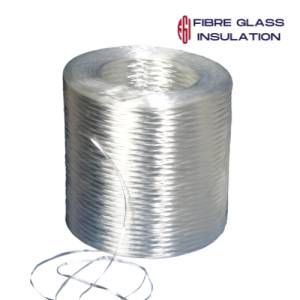
Direct roving is a continuous strand of reinforcing fibers, typically glass, carbon, or aramid, that is directly wound onto a bobbin or spool without any intermediate twisting or spinning processes. This contrasts with other fiber forms like yarns or fabrics, resulting in a unique set of properties that make it ideal for a variety of advanced composite applications.
Key Features and Benefits:
Applications:
Direct roving finds widespread use in various high-performance composite applications, including:
Specifications (Typical - may vary based on fiber type and manufacturer):
Note: Specific properties and specifications will vary depending on the chosen fiber type, tow size, and manufacturer. Please consult the manufacturer's datasheet for detailed information on a particular product. Contact us for assistance in selecting the optimal direct roving for your specific application.